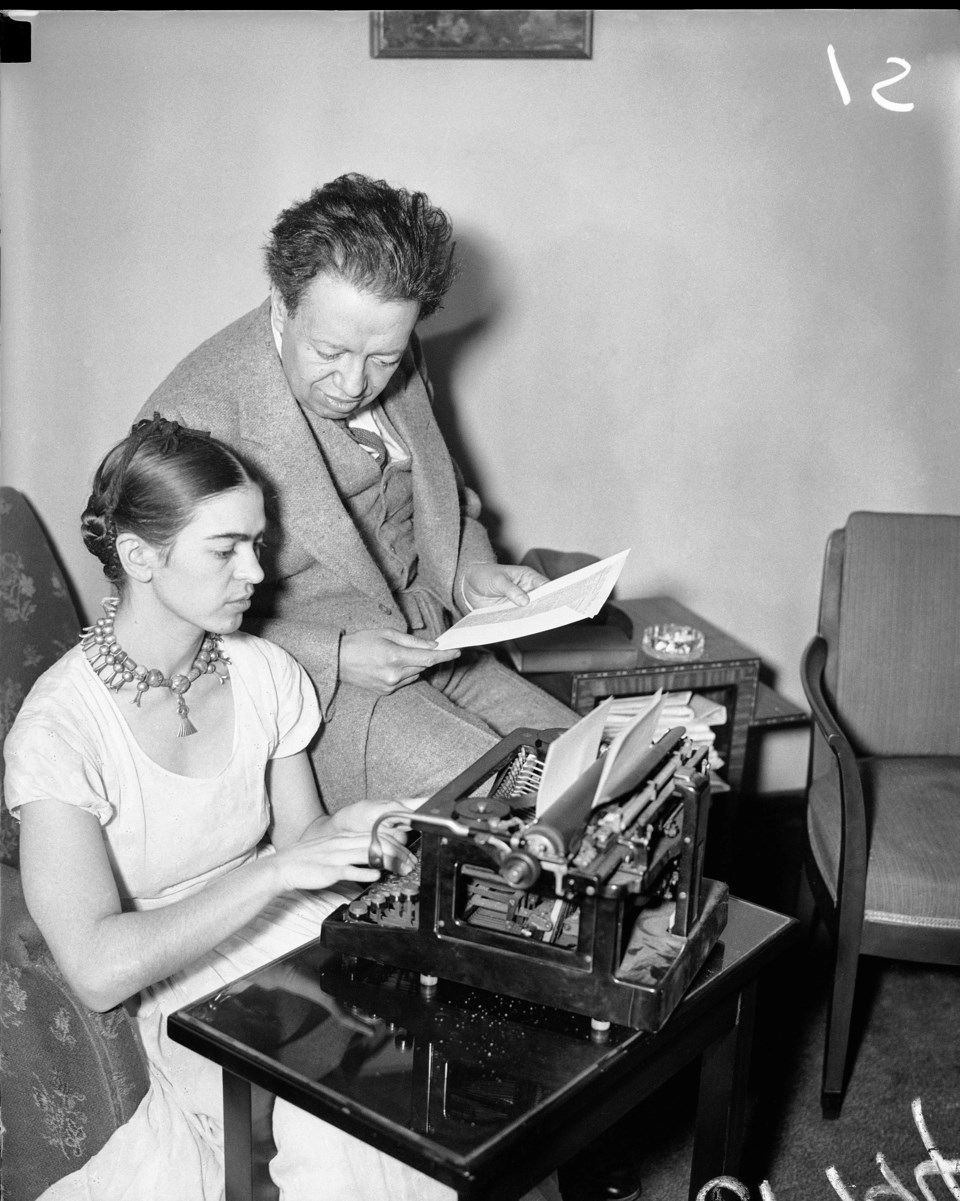used her own experiences to inform her art. In that spirit, Kahlo’s personal writings are used to help tell the story of her life in a new documentary, “Frida.”
Filmmaker Carla Gutiérrez blends first person narration with archival footage and interpretive animation of Kahlo’s work in the film, which is on Prime Video.
Gutiérrez, who was born in Peru and moved to the United States when she was a teenager, remembers first really connecting with Kahlo’s paintings in college.
“I was a new immigrant and there was one specific painting that really introduced me to her voice as an artist of her in between the border of the United States and Mexico,” Gutiérrez said in an interview with The Associated Press earlier this year. “I just saw my experience at the time really reflected in the painting. Then she just kind of became part of my life.”
Gutiérrez was an editor by trade and content with that path in filmmaking. She was working on meaningful projects like “RBG” and “Julia,” which allowed her to be intimately involved creatively. But when a director friend whispered Kahlo’s name to her, she went back and re-read one of those books she’d read in college. Within hours she was making plans to direct.
“I feel like this story really just kind of told me that I needed to step up and direct this one,” she said. “I realized she could tell a lot of her own story and I felt like that hadn’t been made yet. Hopefully it’s a new way of getting into her world and in her mind and her heart and really understanding the art in a more intimate, raw way.”
Kahlo did not do many interviews herself over the years, Gutiérrez said, but she did write very intimate and personal letters. She was surprised by her sense of humor, her sarcasm and her irony as well as and “how explicit she was about her opinions.”
“It's kind of like messy confidence and messy feminism in a way,” she said.
The filmmaking team had to search several different museums to find those letters that they would compile into a full picture, including the Frida Kahlo Museum in Mexico City, the National Museum of Women in the Arts in Washington D.C. (where her correspondence with her mother was housed) and the Philatelic Museum of Oaxaca, where they found her letters to her doctor about everything from her complex marriage to her miscarriage.
One of the biggest creative decisions was to animate Kahlo’s art throughout, which has proved a bit divisive since the film premiered at the earlier this year. Some love it. Some don’t. But it was part of the vision for the film from the earliest stages. The hope, Gutiérrez said, was to transport audiences from the real world into her internal world.
“I always thought about her heart and her veins just kind of moving from her hands into the canvas,” she said. “We wanted to be very respectful to the paintings but bring in lyrical animation to feel like we were immersing into her actual feelings and heart.”
She is also especially proud that her collaborators are mostly Latinx and bilingual. The composer is Mexican. The animation team is all women from Mexico.
“To inject this cultural understanding of the country into the film is fantastic,” she said.
Lindsey Bahr, The Associated Press



